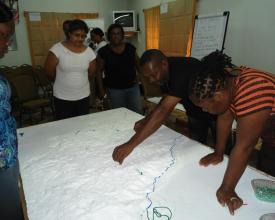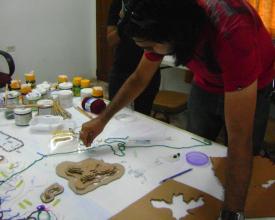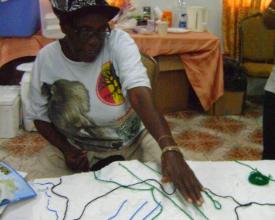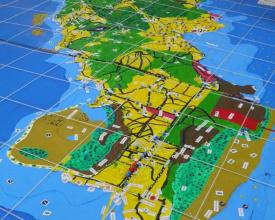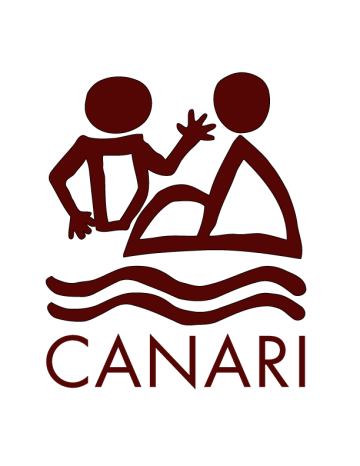
Using ICT tools in participatory vulnerability assessments
Using Information Communication Technologies (ICT) tools to facilitate participatory climate change vulnerability assessments addresses the challenge of effectively engaging a wide range of stakeholders, including those at different literacy and capacity levels, to capture local and traditional knowledge as well as stakeholder input on priority needs and opportunities for resilience building in the Caribbean islands.
Contexte
Challenges addressed
Emplacement
Traiter
Summary of the process
Building Blocks
Participatory three-dimensional modeling (P3DM)
Enabling factors
Lesson learned
Resources
Participatory video (PV)
Enabling factors
Lesson learned
Impacts
· Building stakeholder capacity and social networks: Stakeholders were able to effectively communicate local knowledge and to discuss and quickly develop consensus on what were the key areas of vulnerability and priorities for adaptation. · Cost effective data collection: Participatory 3D Mapping (P3DM) allowed capture, storage and presentation of vast quantities of up-to-date data. • Local and scientific knowledge: P3DM facilitated integration of local knowledge and scientific data for participatory land use development planning.


